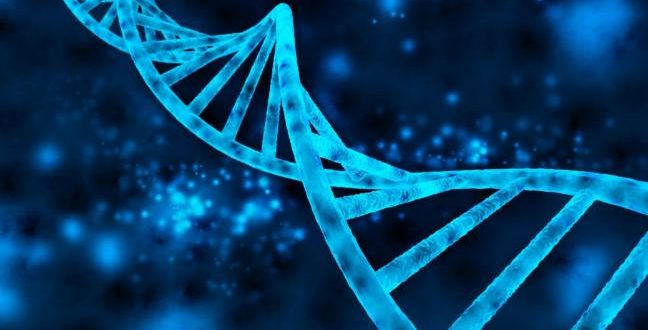A team of researchers from the Scripps Research Institute in La Jolla, California have created a lab organism that has been modified to add two more letters, giving it a genetic code of six letters.
The team, whose work is published in the Proceedings of the National Academy of Sciences (PNAS) journal, have shown that their single-celled organism can hold on indefinitely to the synthetic base pair as it divides.
The DNA found in the cells of all living organisms is made up of four basic units. Denoted by letters of the alphabet, these are A, T, C, and G, and they link together to form the “rungs” of the DNA helix. Now, researchers have produced two new bases, known as X and Y, and engineered bacteria that can copy the synthetic DNA and survive.
This latest batch of work build on previous research carried out by the same lab in 2014. Back then, they showed it was possible to create a living organism that contains the new X and Y bases, but they found it was not stable. Over time, as the bacteria grew and divided, the newly formed organisms lost the synthetic parts of their DNA.
To get around this, the team employed a few additional modifications to the bacteria. The first major change was to introduce a new molecule to the organism that moves the artificial nucleotides across the cell membrane more efficiently, meaning that when the cell divides it will keep hold of the vital new base pairs.
The scientists then modified the Y nucleotide itself, creating a completely different molecule that is better recognized by the enzymes responsible for replicating it during cell division. Finally, the increasingly prolific CRISPR-Cas9 gene-editing tool was utilized. They tweaked it so that it now scans the DNA of newly divided cells for the X and Y base pairs. If they fail to find them, then CRISPR flags the cell to be destroyed.
Through these changes, the synthetic DNA is retained within the genome of the bacteria even after 60 divisions, which the researchers think is a good indication that it’s now stable and will be retained indefinitely. “We can now get the light of life to stay on,” explained Floyd Romesberg, who led the study in a statement. “That suggests that all of life’s processes can be subject to manipulation.”
Currently, the synthetic organism has absolutely zero function apart from proving the viability of such a project. However, they propose that in the future it could be used for a whole host of things, from producing new kinds of proteins that don’t exist in nature to making new drugs for medicine. That is a long way away, but this new organism proves that it could one day be possible.
Agencies/Canadajournal
 Canada Journal – News of the World Articles and videos to bring you the biggest Canadian news stories from across the country every day
Canada Journal – News of the World Articles and videos to bring you the biggest Canadian news stories from across the country every day



